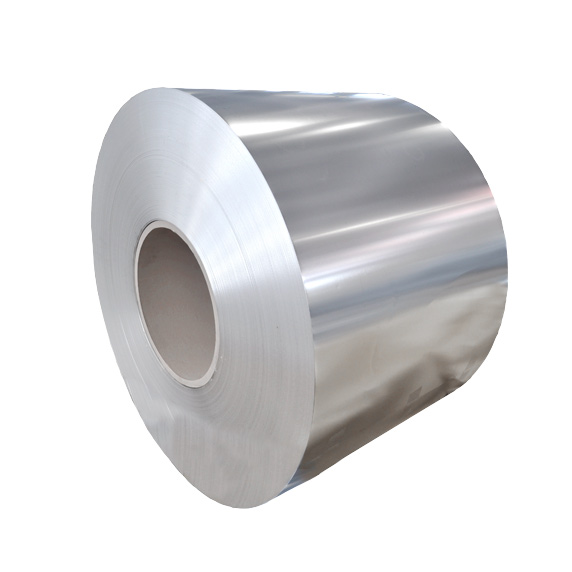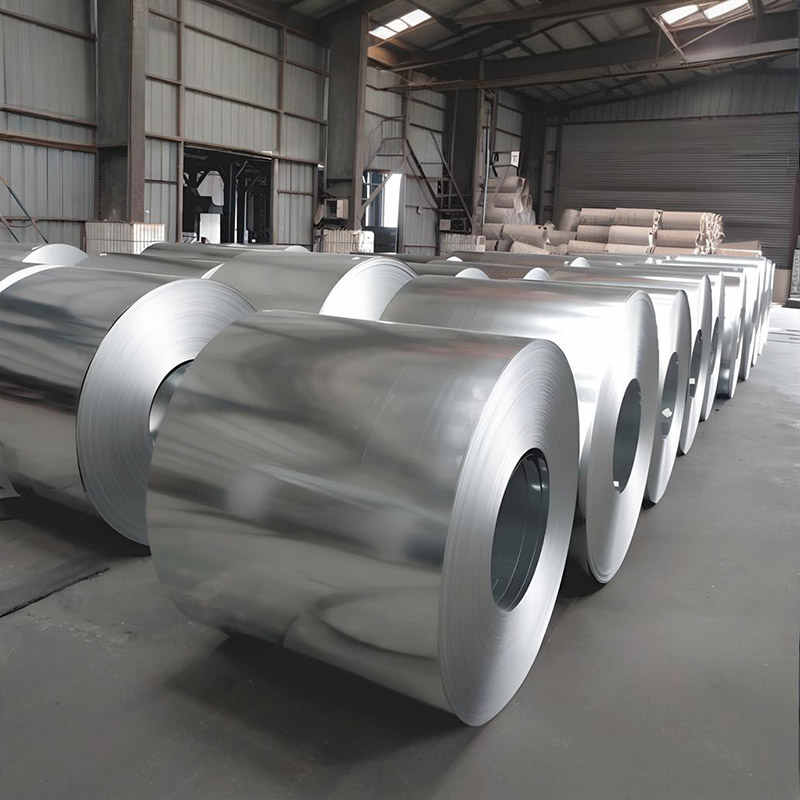What exactly is coated iron and why has it become such a crucial material in modern construction and manufacturing? Coated iron refers to iron or steel that has been treated with a protective layer to enhance its durability and resistance to environmental factors. This process involves applying various coatings such as zinc, paint, or polymer to the iron surface, creating a barrier against corrosion and wear.
What types of coated iron are available in the market today? The most common varieties include galvanized iron (coated with zinc), painted iron, and enamel-coated iron. Each type offers distinct advantages depending on the intended application. Galvanized iron, for instance, provides excellent corrosion protection through sacrificial action, while painted iron offers both protection and aesthetic appeal with a wide range of color options.
Why should you choose coated iron over untreated iron? The benefits are substantial. Coated iron exhibits superior corrosion resistance, extending the material’s lifespan significantly. It requires less maintenance, reducing long-term costs. Additionally, coated iron maintains structural integrity under harsh conditions, making it ideal for various demanding environments. The improved aesthetic qualities also contribute to its popularity in architectural applications.
Where can you find coated iron being used? Its applications span numerous industries. In construction, it’s commonly used for roofing, structural supports, and cladding. The automotive industry utilizes coated iron for body panels and undercarriage components. Home appliances, furniture, and agricultural equipment frequently incorporate coated iron for both durability and visual appeal. Even in marine environments, specialized coated iron products perform exceptionally well.
How do you select the right coated iron product for your needs? Consider factors such as the environmental exposure, required lifespan, aesthetic preferences, and budget. For highly corrosive environments, hot-dip galvanized iron offers superior protection, while for indoor applications with aesthetic requirements, painted or powder-coated options may be more suitable.
Proper maintenance is essential to maximize the benefits of coated iron. Regular inspection for coating damage, prompt repair of scratches or chips, and periodic cleaning will significantly extend the product’s lifespan. Avoid abrasive cleaning methods that could compromise the protective coating.
In my experience working with coated iron materials, I’ve found that investing in high-quality coating applications pays dividends in the long run. A project I managed several years ago used premium galvanized iron for coastal construction, and even after a decade of exposure to salt spray and harsh weather, the materials show minimal signs of deterioration. This real-world example demonstrates how proper coating selection and installation can create structures that stand the test of time, ultimately providing better value despite potentially higher initial costs.



